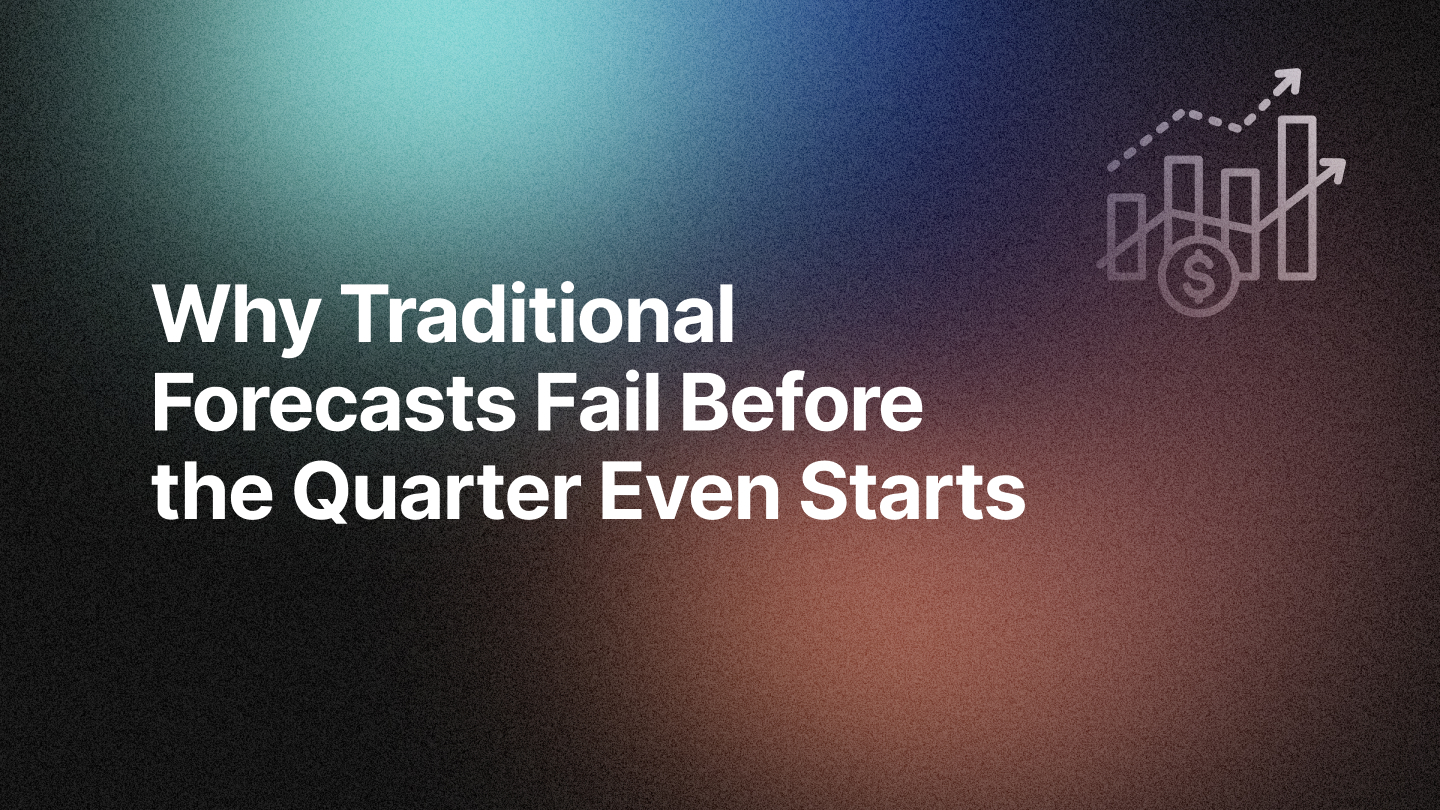B2B marketing teams live and die by their dashboards. For a Chief Marketing Officer (CMO), the dashboard is the ultimate tool for making strategic decisions, tracking campaign performance, and aligning with revenue goals. But what if building the perfect dashboard isn’t as simple as it sounds? What if the process of constructing and managing this crucial tool is far more complicated than it appears—especially for those without a technical background?
The truth is, that creating a comprehensive, insightful CMO dashboard is often a daunting task for marketers who lack coding expertise or the necessary technical support. From managing data sources to designing reports, the process of building a dashboard can quickly turn into a time-consuming, frustrating endeavor that pulls marketers away from their core responsibilities.
So why is it so hard to build the ideal marketing dashboard, and how can RevSure’s no-code solution make the process seamless and efficient?
Let’s explore the common challenges marketers face and how RevSure’s Marketing Performance Dashboard eliminates the complexity.
The Non-Tech Marketer’s Dilemma: Dependency on Technical Support
One of the most significant hurdles for a CMO—or any marketing leader—in building a dashboard is the steep learning curve associated with data engineering and business intelligence tools. Many dashboard platforms require coding knowledge to extract data from various sources, process that data into meaningful reports, and create dynamic visualizations. For a marketer without a technical background, this often means relying heavily on data engineers, IT teams, or third-party specialists.
This dependency creates several issues:
1. Delays in Accessing Insights: When marketers rely on technical teams to build or modify dashboards, it often leads to delays. Changes can take days or even weeks to implement, slowing down decision-making and leaving the marketing team in the dark about real-time performance.
2. Loss of Control: A lack of direct access to dashboard management means CMOs and marketing leaders are constantly waiting for others to deliver the data they need. This loss of control can be frustrating, especially when trying to make quick adjustments to campaigns or when immediate insights are required.
3. High Costs: Outsourcing dashboard creation or relying on in-house technical teams increases operational costs. Each change or update requires additional resources, turning a seemingly straightforward task into an expensive endeavor.
The Complexity of Data Integration and Setup
Beyond the coding and technical expertise required, setting up a dashboard involves integrating multiple data sources. For CMOs trying to build a single source of truth that spans different channels (email, social, paid ads, organic traffic), the complexity only grows. Here are some common challenges marketers face:
1. Multiple Data Sources: Marketing data typically resides in several tools—CRM systems, Google Analytics, social media platforms, ad networks, etc. Integrating all these sources into one cohesive dashboard can be a nightmare for non-technical users.
2. Data Inconsistencies: Even after integrating data sources, discrepancies can occur due to different formats, definitions, or reporting time frames. Reconciling these inconsistencies can be incredibly difficult without technical expertise.
3. Difficulty in Customization: Most traditional dashboards are built using rigid templates that don’t offer much room for flexibility or customization. For a CMO who needs personalized views of specific KPIs or the ability to create reports tailored to different audiences, these limitations can be a dealbreaker.
RevSure: A No-Code Solution to the Dashboard Dilemma
RevSure’s Marketing Performance Dashboard solves these common challenges by providing a fully customizable, no-code platform that allows marketers to create, manage, and modify their dashboards independently—without relying on technical support. Here’s how:
1. No-Code Dashboard: RevSure eliminates the need for any coding or technical expertise. The dashboard is fully customizable and requires zero input from data engineers or IT teams. CMOs and marketing leaders can manage their entire dashboard independently, significantly reducing delays and costs.
2. Simplified Assembly: RevSure provides multiple pre-built widgets that marketers can choose from, each offering tailored insights for key metrics across campaigns, channels, and funnel stages. With a simple drag-and-drop interface, marketers can assemble these widgets into custom dashboards without needing technical skills. This feature allows CMOs to quickly organize reports and create targeted views with ease, ensuring that their dashboard meets specific business needs without relying on templates.
3. DIY Business Intelligence: Even without technical knowledge, RevSure’s BI Widgets make it possible to construct detailed, data-driven reports using comprehensive data sets. Marketers can slice and dice the data they need to produce high-quality reports and get granular insights, all without requiring external support.
4. Organize Efficiently: RevSure takes organization to the next level by offering tab-based dashboards that allow marketers to segregate data by team, channel, or even customer persona. This feature ensures that CMOs can view the exact information they need when they need it, whether it's pipeline health, campaign performance, or specific persona behavior.
5. Easy Sharing and Actionability: Collaboration is key, and RevSure makes it simple. The dashboard allows users to schedule reports and have them delivered via email at a frequency of their choice, ensuring that everyone stays updated. Marketers can also generate PDFs of their dashboards and share them with team members for easy review. Additionally, you can invite other users to contribute by adding or editing dashboards, fostering collaboration, and ensuring everyone is working with the same data.

RevSure: A Game-Changer for CMOs
With RevSure’s Marketing Performance Dashboard, marketers no longer need to struggle with the technical complexities of building dashboards or rely on data engineers to generate reports. It offers a simple, powerful, and fully customizable solution that empowers CMOs to take control of their marketing performance data.
Gone are the days of dependency, costly delays, and rigid templates. With RevSure’s no-code dashboard, marketing leaders can gain immediate access to real-time insights, fine-tune KPIs, and optimize their strategies on the fly—all while maintaining transparency and alignment across the team.
Ready to ditch the traditional dashboard headaches? Book a demo with RevSure today and discover how our platform can help you build the perfect CMO dashboard—no coding required.
Related Blogs








